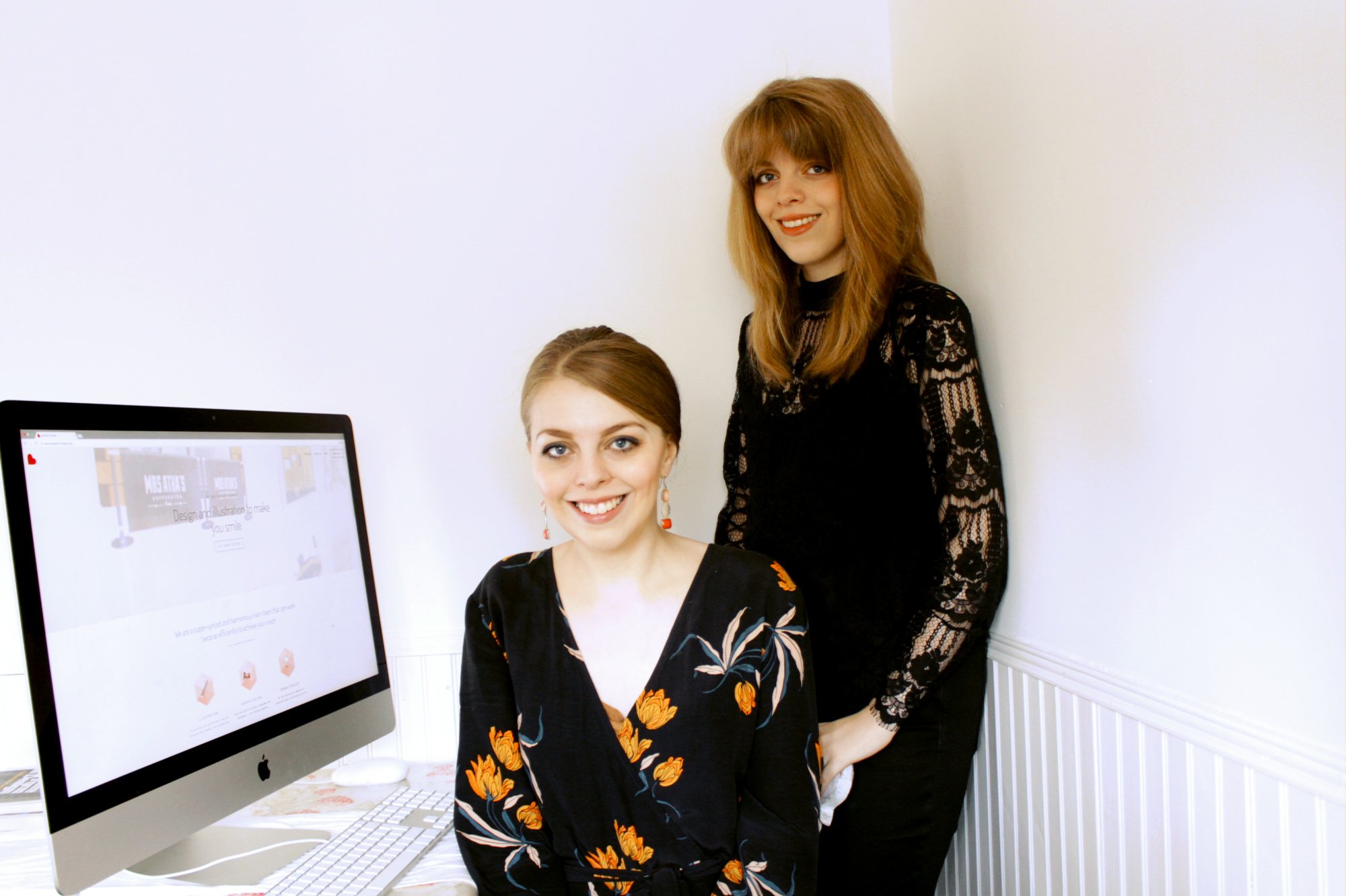Why You Can't Afford Not to Invest in Your Brand?
The business of doing business. It’s tough! Every day you’re taking risks, realising ambition and organising tasks. When there is a wobble, it can be so easy to retreat. Yet, that’s not the right timing to do so. You must continue to invest, especially in branding and marketing.
Now, you may think we’re biassed, so don’t just take our word for it. There is an array of evidence on the topic, as history has a keen habit of repeating itself.
The beginning of the 1980s saw a severe economic recession which impacted much of the world. The Burger Wars took over the USA as brands fought for consumer interest. However, a series of poorly executed advertising and product launches saw the downfall of Burger King and Wendy’s.
By the middle of the decade, Burger King had laid off numerous staff from its headquarters, and Wendy’s was reporting financial losses. Whereas, McDonald’s profit, revenue and market share grew. McDonald’s outspent either brand on creative advertising and tapped into its resources to succeed (Shiver, 1987). They stayed true to their vision even during hardship.
Above: Burger illustration created using AI tool, DALL-E. Then adapted using Adobe Illustrator to create a more striking graphic.
If we venture further into history, the early 1900s saw the Cereal Wars. There were hundreds of cereal brands on the market. Many were only successful for a few years due to fierce competition (Knowledge at Wharton, 2017). Kellogg’s decided to spend heavily on advertising to combat this. They created a campaign encouraging readers to “wink at the grocer and see what you get”. This flirtation resulted in a free sample of W.K.’s cornflakes. Sales increased, and Kellogg’s triumphed (Cavendish, 2006).
Furthermore, at each stage of our growth, a risk preceded it. We invested in a studio space which gave us credibility. Buttercrumble grew. We hired team members. Buttercrumble grew. We engaged with external experts. Buttercrumble grew.
Above left image: We shared an iMac (on our kitchen table) in 2016. Above right image: In 2022, we moved to Bowcliffe Hall as a team of four.
For example, the concept of our studio was created in 2012. However, we didn’t have huge developments until 2017. At this time, we left our secure design jobs and started working full-time on Buttercrumble. Two years later, we gained our first studio space. This catapulted us further as we could then hire a team. Throughout, we promoted the studio through brand campaigns. These risks enabled our turnover to increase by 110% over the last three-years.
Furthermore, our investment in engaging with experts was returned tenfold. You have to assess the risk, sense-check and mitigate threats. Moreover, design and branding have always supported and promoted these actions we took.
Ten Ways Creativity Provides a Return on Investment
Yet, creativity is intangible at times. How can you prove it supported you? The return on investment (ROI) can be demonstrated in the following ways:
Improves purchase influence (as people buy more)
Increases customer satisfaction
Enables your business to enter new markets
Allows you to reach new audience segments
Builds on brand image and corporate reputation
Supports product and service innovation
Improves sustainability
Improves the time-to-market and product development processes
Creates valuable intellectual property or patents
Improves usability
The list is boundless! How has design and marketing supported your business? We’d love to receive your input by leaving a comment below.
We’d be excited to be partners in experimentation. Buttercrumble can offer new perspectives and surprising results. Creativity is key to achieving this. Please get in touch to learn more about how we can support you.
References
Cavendish, R. 2006. The Battle of the Cornflakes. History Today. 56(2).
Ibrahim, A. 2022. Machine Learning: Are Designers Even Needed Any More? It’s Nice That. [Online]. 17 August. [Accessed: 30 September 2022]. Available from: here.
Knowledge at Wharton. 2017. How the Feuding Kellogg Brothers Fought their Cereal Wars. [Online]. [Accessed: 29 September 2022]. Available from: here.
Shiver, J. 1987. Burger Wars Taking a Bite Out of Profit. Los Angeles Times. [Online]. 6 May. [Accessed: 29 September 2022]. Available from: here.



